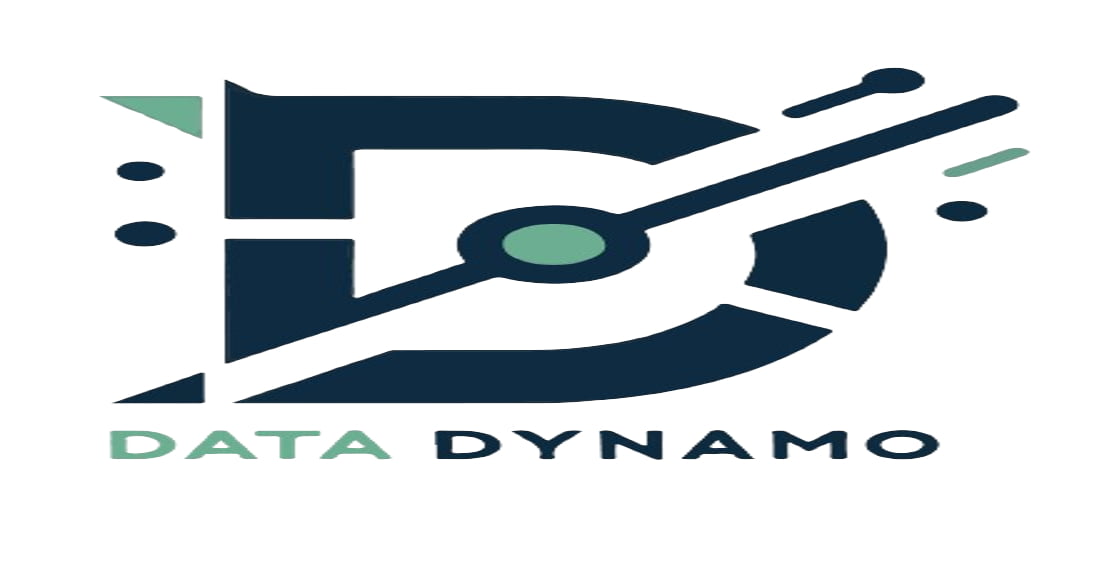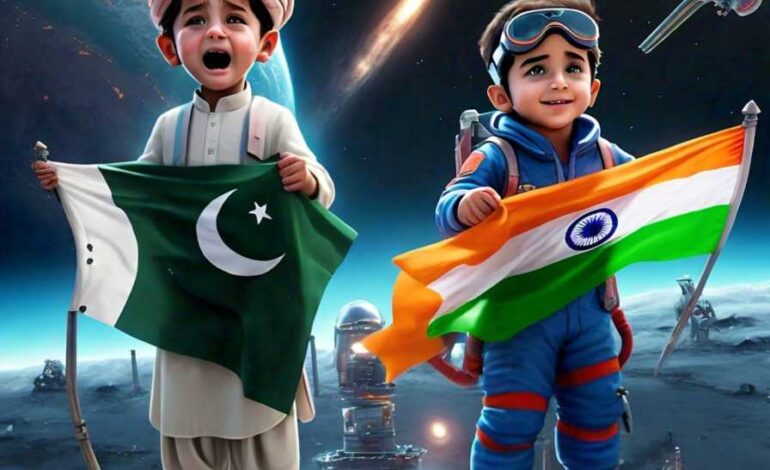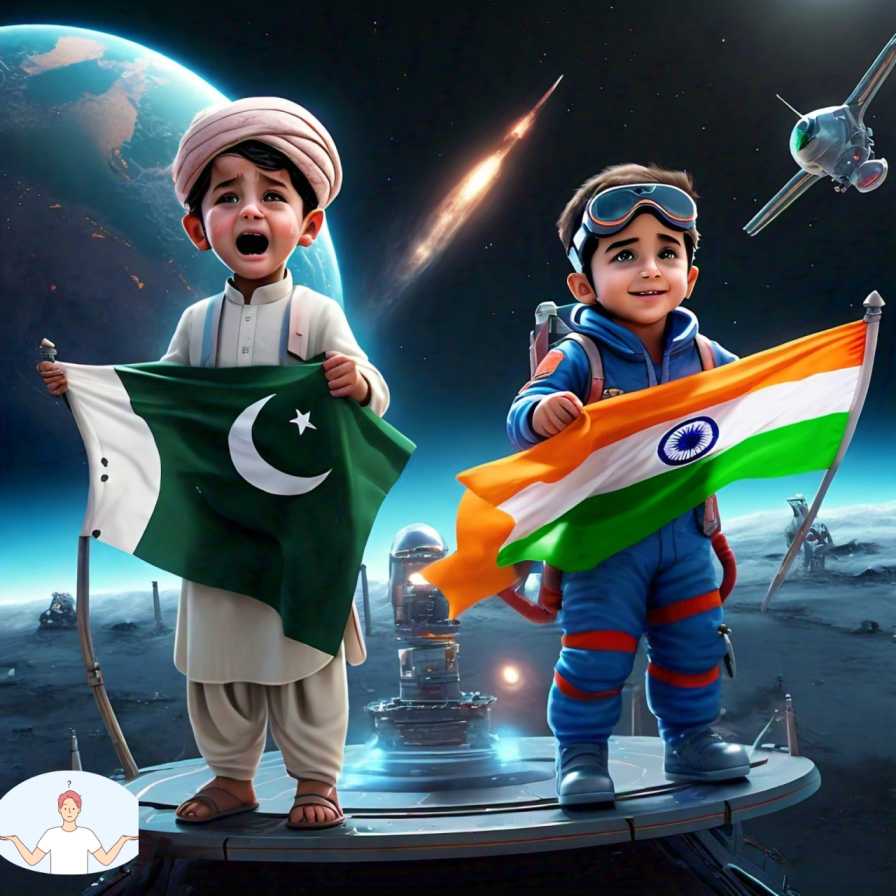
The History of Money
Money is one of the most basic things that people have ever made. Money is used to buy and sell things, keep worth, and keep track of money. It helps economies grow and societies expand. The history of money is just as complicated and always changing as the history of people. This in-depth look at the history of money covers all the important steps that have been taken over the centuries, from the earliest forms of exchange to the newest digital innovations.
Table of Contents
Stage 1: Being Able to Barter
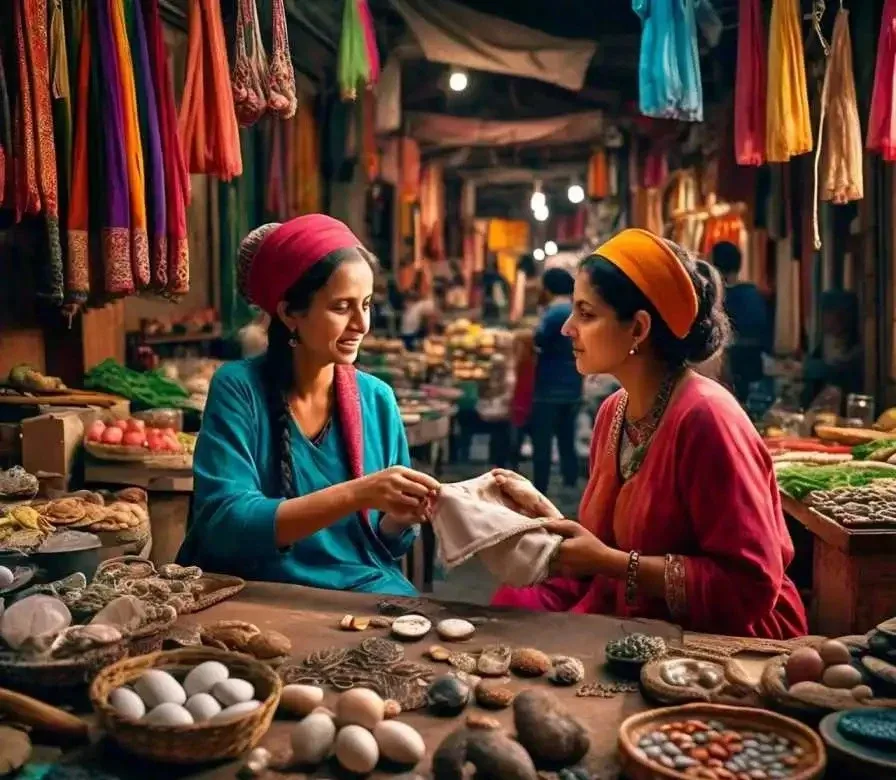
Early trade and exchange between people
People used direct trade, also known as bargaining, to get the things they needed in the beginning. When economies were simple, this method worked well, but as societies grew and changed, it stopped working well. Think about trying to trade grain for a cow when there wasn’t much grain to trade. It would be hard to come to an agreement.
The Problems with Bartering
The problems with trading were clear: both people had to want the same thing, which meant that they had to be able to trade. Also, because there wasn’t a standard way to measure value, deals were based on people’s opinions, which could lead to disagreements and misunderstandings.
Stage 2: The Start of Commodity Money

The Start of Commodity Money
Early societies started using certain things as a way to trade because dealing wasn’t always possible. What these things were, like salt, horses, shells, and stones, were called “commodity money.” Money made from commodities had value on its own and was widely used for trade.
Changes in Commodity Money
Commodity money was better than bartering because it set a standard for value and gave people a way to swap goods. It was still not perfect, though. For example, it was hard to move and store. For instance, it wasn’t possible to trade big stones like Rai stones over long distances in the Pacific.
Stage 3: Metal money starts to be used

Metals were used in trade in the past
Along with the Lydians, the Persians, and the Greeks around the year 1200 BCE started using metals like gold, silver, and bronze as money. These metals were strong, easy to separate, and had value on their own.
The Beginning of Coinage
When metal coins were first used, they were a big step forward in the history of money. Coins had pictures or symbols on them that stood for power. This made sure that they were real and that people could trust their value. Also, they made trade and business easier because they were movable and widely accepted.
Stage 4: The Start of Paper Money

Early types of money made from paper
Paper money has its roots in the Tang era in China (618–907 CE). As a form of paper money that could be exchanged for metal coins, merchants issued promissory notes. A standard form of money called “jiaozi” was made from these notes during the Song era (960–1279 CE).
The Use of Paper Money
Along the Silk Road, paper money made its way to the Middle East and Europe. These places saw traders and bankers start making their own money, backed by reserves of rare metals. This sped up transactions and raised the amount of money available without having to use big metal coins.
Stage 5: The Banking Age
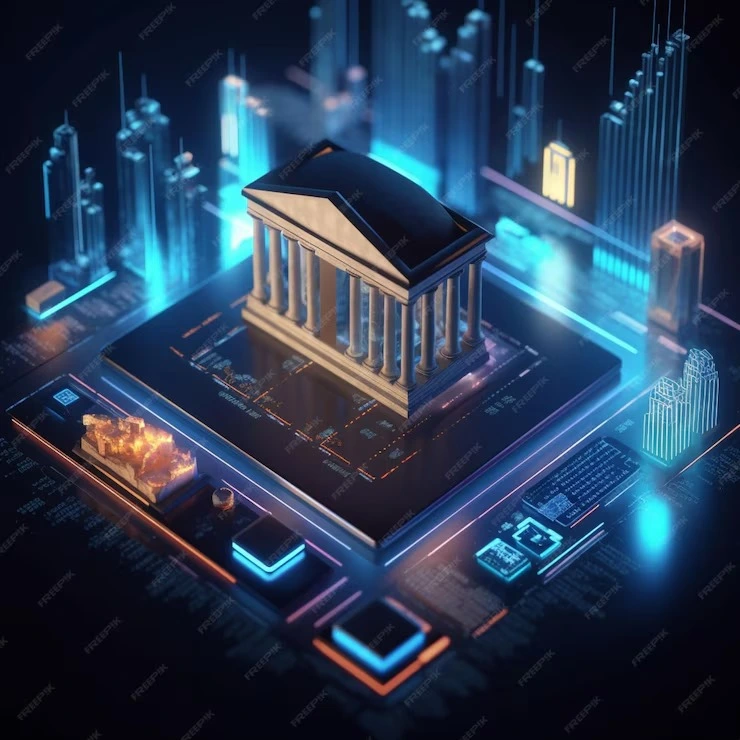
Increasing the number of banks
It became necessary for financial companies to be more advanced as economies grew. Banks were very important because they made trade easier, kept money safe, and gave loans and credit. During this time, bills of exchange became popular. These documents let traders send money over long distances without carrying cash.
Change from real money to symbolic money
With the rise of banks, there was a big change from real money to symbolic money. Transactions could now be done on paper notes or ledgers, which made business more efficient and flexible.
Stage 6: The start of modern money systems

The Gold Standard and How It Changed Things
During the 1800s, the gold standard was widely used. A country’s currency was directly linked to a certain amount of gold under this scheme. This made money stable and trustworthy. By making sure that different currencies could be changed into gold at set rates, this system made international trade easier.
Rise of fiat money and the fall of the gold standard
It was hard to follow the gold standard, especially when the economy was bad. Many countries switched from the gold standard to fiat money after World War II. Fiat money gets its value from government rules and the market. Most of the world’s currencies are fiat today, which lets central banks control money supply and keep countries stable.
Stage 7: The rise of digital money and technology

The start of electronic money
Credit cards and other forms of electronic money became more popular in the late 20th century. These new ideas made it possible to do business without cash, which made things easier for customers. Online banking and electronic fund exchanges have changed the way people handle their money even more.
The Rise of Digital Currencies
Cryptocurrencies are a new type of money that came out in the 21st century. Digital currencies are different from traditional currencies because they only exist in electronic form and can be sent quickly around the world. In theory, they could make transfers faster, safer, and more efficient.
Stage 8: Cryptocurrencies and Blockchain Tech

A Brief Look at Cryptocurrencies
Cryptocurrencies, like Bitcoin, started a new era in the history of money. Bitcoin is a stateless digital currency that was created in 2009 by an unknown person or group known as Satoshi Nakamoto. It uses blockchain technology to keep track of transactions.
Effects of Cryptocurrencies and Their Spread
People became very interested in other cryptocurrencies and blockchain uses after Bitcoin’s success. There are now thousands of cryptocurrencies, and each one has its own traits and uses. Some people see cryptocurrencies as risky investments, while others see them as a way to change the way banks and finance work.
Globalization and Money Policies
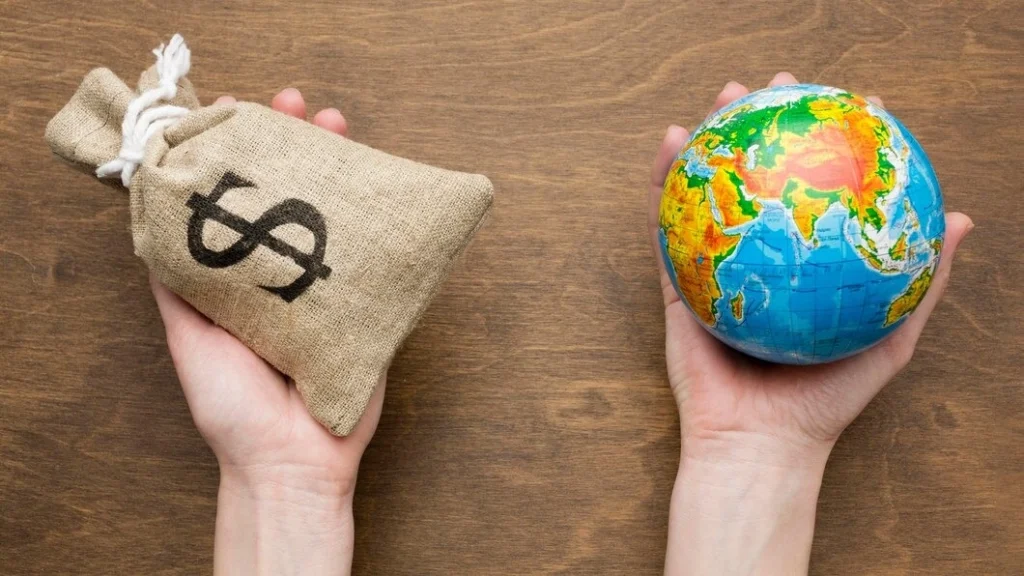
Markets for currencies and exchange rates
Currency markets and exchange rates have become more important in foreign trade because of globalization. The value of currencies can change quickly due to political and economic reasons. All over the world, central banks work to keep their currencies stable and keep an eye on exchange rates.
How International Organizations Have an Effect
The International Monetary Fund (IMF) and the World Bank are two very important international groups that have a big impact on monetary policies around the world. They help countries control their currencies and keep their economies stable by giving them money and advice.
Trends and predictions for the future

Digital currencies issued by central banks
A lot of countries are looking into what central bank digital currencies (CBDCs) could do as a reasonable next step after fiat currency. CBDCs would be issued by central banks and controlled by them. They would connect traditional financial systems to the digital world.
Decentralized Finance (DeFi): What It Can Do
Decentralized finance, or DeFi, uses blockchain technology to let people use banking services without going through middlemen. Traditional banking and finance could be shaken up by DeFi, which would give users new ways to handle their assets and do creative financial things.
How cash and digital payment systems will change in the future
As digital payment methods become more popular, people may continue to use cash less and less. Cash will probably still be important in some places for a while, though, especially those that don’t have easy access to digital infrastructure.
In conclusion

The past of money is an interesting trip through time that shows how creative and flexible people are. Money has changed along with society. In the past, it was easy bartering systems. Today, it is complex digital currencies. In the years to come, new tools and trends will continue to change how we think about and use money.
In the end, money isn’t just a way to buy and sell things; it also shows what we value, what we believe, and what our economic goals are. The history of money is still going on, and we have no idea what the future will bring.
FAQs
What part does money play now compared to the past?
Money has changed from an easy way to buy things (bartering) to more complicated financial instruments (digital and cryptocurrencies), which has helped economies grow.
What were the first kinds of money?
Bartering and product money, like salt, cattle, and shells, which had value on their own and were widely accepted for trade, were early forms of money.
How did digital money change the way money is handled?
Digital money made it possible to do business and bank online without using cash. It was faster, easier, and safer. Some new banking services and money types were made possible by it.
How have cryptocurrencies changed the way banks work?
Cryptocurrencies have made peer-to-peer and decentralized financial systems possible, which is different from the way standard banks work. They give people chances to spend money and new ways to do business.
What do you think the future holds for the way money changes?
Central bank digital currencies (CBDCs) may become more popular in the future, and decentralized finance (DeFi) will continue to grow. Digital payment systems will also continue to become more popular.
